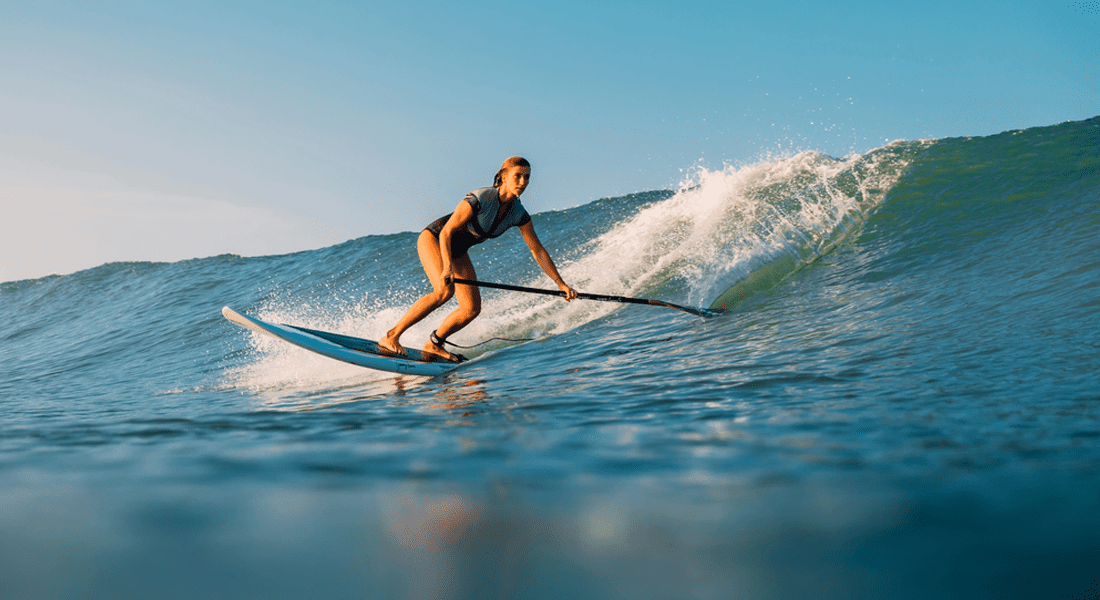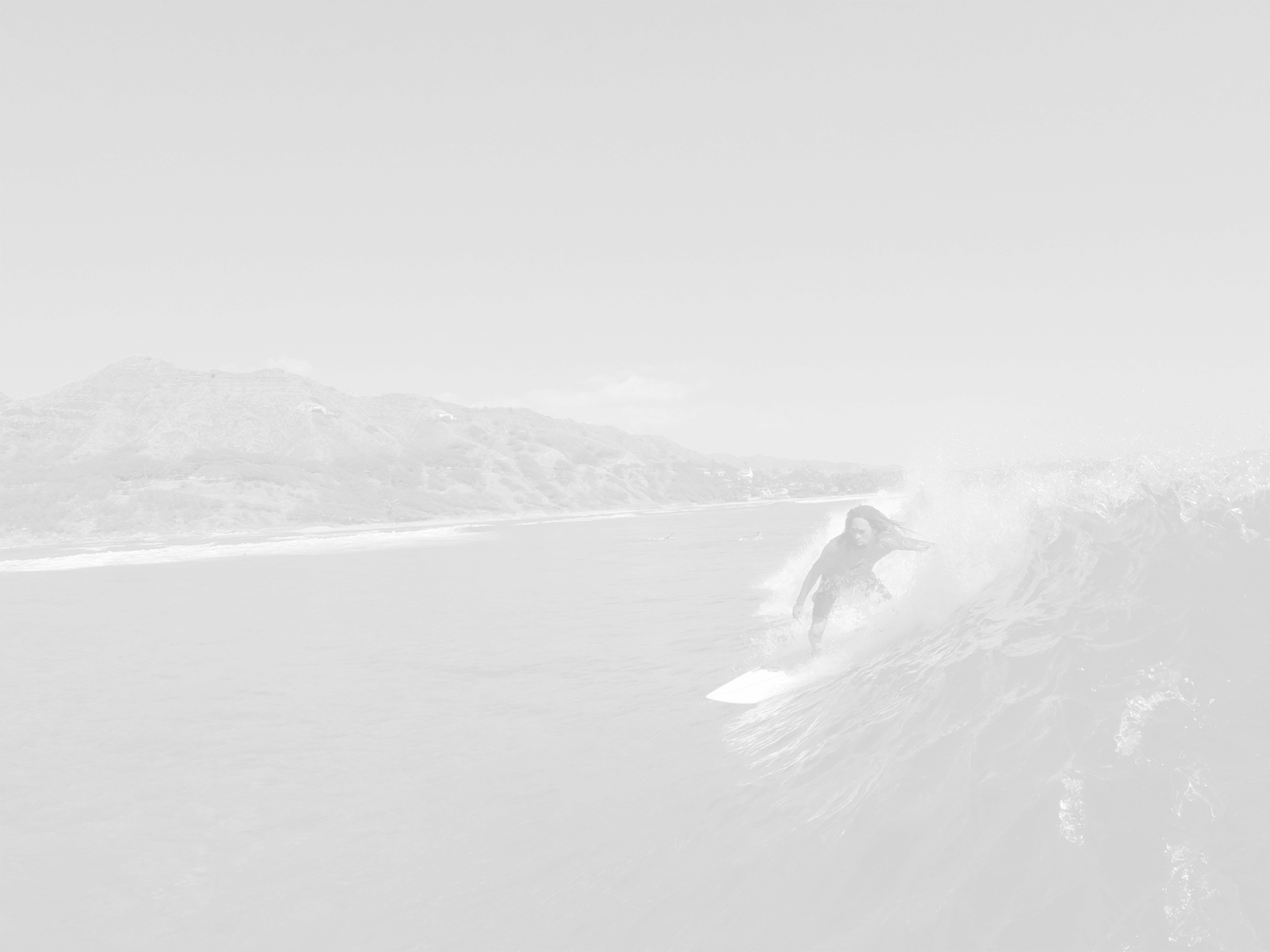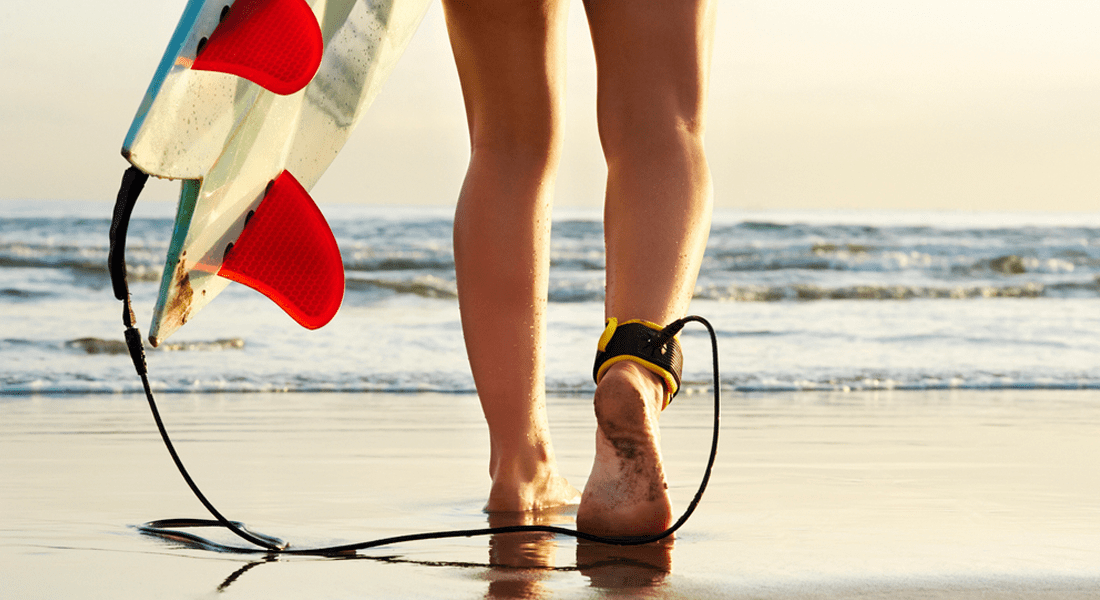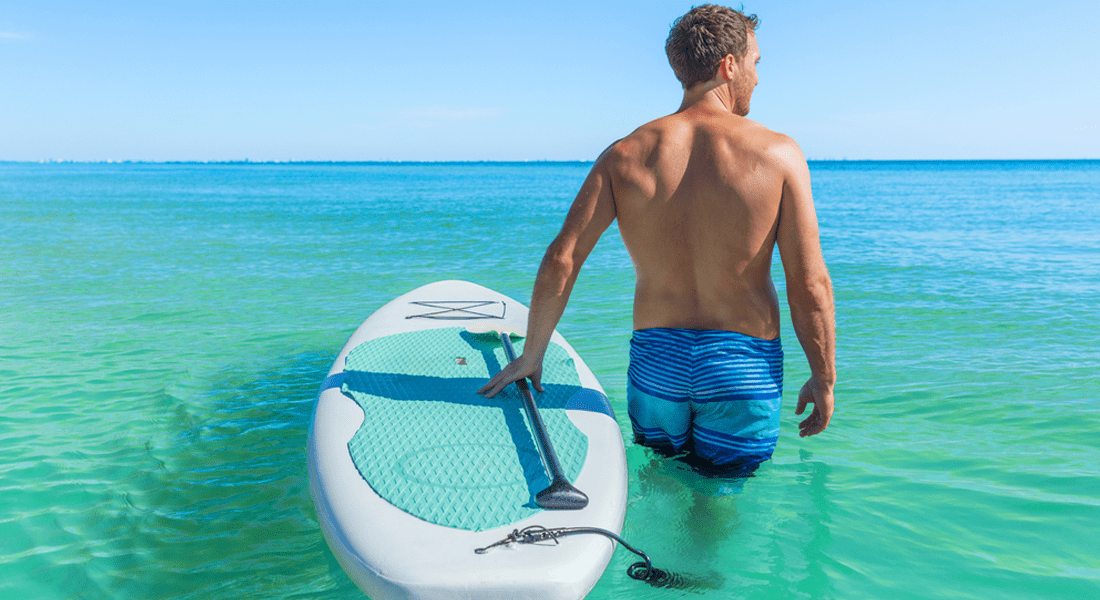Blog
The Most Common Injuries In Surfing And How To Prevent Them
Surfing is a thrilling sport that unites us with the ocean through its dynamic and physically demanding nature. However, the excitement of catching waves can come with risks, including various
surfing injuries. This article will cover the most common injuries associated with surfing and offer valuable prevention tips. By understanding these injuries and their causes, surfers can actively reduce their risk and ensure a safer experience on the water.
Cuts and Lacerations
Cuts and lacerations are among the most common surfing injuries, often resulting from collisions with sharp board fins, the board's edges, or contact with the seafloor. These injuries can range from minor to severe, sometimes requiring medical attention. To mitigate the risk of such injuries, we recommend opting for surfboards equipped with rubber or soft-edged fins and applying protective rail tape to minimize sharp edges.
Additionally, wearing protective gear like wetsuits or rash guards provides a physical barrier against cuts, not only from your equipment but also from natural hazards like rocks and coral. It’s also wise to choose surfing spots known for their sandy bottoms rather than rocky ones, especially if you're still perfecting your skills.
Sprains and Strains
Sprains and strains frequently affect surfers due to the sport's physical demands, particularly during paddling, twisting, or popping up on the board. These injuries primarily impact muscles and ligaments in the shoulders, knees, and lower back. To prevent such issues, we stress the importance of a comprehensive warm-up routine focusing on dynamic stretches to prepare your muscles and joints.
Ensure your surfing sessions are preceded by proper stretching and conditioning exercises designed specifically for surfing. Avoid overexertion and learn to recognize when your body signals it’s reaching its limit, as pushing through fatigue can increase your risk of sprains and strains.
Shoulder Injuries
Shoulder injuries are prevalent in surfers, largely due to the repetitive motion of paddling. This can lead to various conditions, including rotator cuff injuries, bursitis, and even dislocations. Preventative measures include strengthening shoulder muscles through specific exercises that enhance endurance and flexibility. Employing proper paddling techniques can also drastically reduce the load on your shoulders. If you’ve experienced shoulder injuries in the past, consider consulting with a physical therapist who can provide personalized exercises and advice tailored to your surfing needs.
Knee Injuries
Knee injuries in surfing can occur from the sudden, twisting forces applied during maneuvers or from direct impacts during wipeouts. These injuries can range from minor sprains to severe ligament tears, such as ACL or MCL injuries. To minimize the risk of knee injuries, focus on maintaining proper form during all surfing maneuvers and use knee braces if you have a history of knee problems. Regular leg and core strength exercises can also provide better stability and support for your knees.
Additionally, practicing balance and agility drills can help improve your body's natural ability to manage the dynamic actions of surfing, thus protecting your knees from undue stress. Ensuring your surfboard is the right fit for your skill level and body type also plays a crucial role in preventing knee injuries.
Back Injuries
Back injuries are a common concern for surfers, particularly affecting the lower back. This can result from the repetitive motions of paddling and the torsional movements required to maneuver the board. To prevent these injuries, it's crucial to maintain a strong core, which supports the lower back and reduces the strain on it during surfing.
It's also important to use proper technique when paddling and getting up on the board to avoid awkward twists or excessive strain. Additionally, choosing a surfboard that matches your size and skill level can help maintain better posture and reduce back strain. Pacing yourself and allowing adequate recovery time between surfing sessions can also prevent chronic back issues.
Rib Injuries
Rib injuries in surfing usually occur from direct impact with the board during falls or from the pressure exerted against the ribs while paddling. To protect against rib injuries, wearing a padded rash guard or using a surfboard with a softer top can offer additional padding and reduce the impact during falls.
Additionally, strengthening your upper body and core muscles can provide better overall support and protection for your ribs. Being mindful of your position and handling your board carefully, especially in rough waters, will further help in preventing rib injuries.
Head Injuries
Head injuries, though less common, are potentially the most serious injuries in surfing. They can occur from hitting the surfboard, colliding with other surfers, or striking underwater obstacles. To mitigate this risk, wearing a surf helmet is advisable, especially in crowded or rocky surf areas. Always stay aware of your surroundings to avoid collisions with other surfers or debris.
Practicing good wave selection and avoiding surfing in extremely crowded conditions can also reduce the risk of head injuries. If you're surfing in an area known for its rocky seabed, extra caution is necessary. Helmets designed specifically for water sports can provide significant protection without hindering your performance or comfort.
Sun Exposure and Dehydration
Long hours in the sun without adequate protection can lead to sunburn, while extended physical exertion without sufficient hydration can result in dehydration, both of which can have serious health consequences for surfers. To combat these risks, apply a broad-spectrum, water-resistant sunscreen with an SPF of 30 or higher, and reapply every two hours, or more frequently if you are in the water.
Wearing UV-protective clothing and a surf hat can further shield you from harmful UV rays. It’s also crucial to stay hydrated; drink water before you go surfing, take breaks to rehydrate, and carry a water bottle if possible. Being mindful of the signs of dehydration, such as headache, dizziness, or excessive fatigue, is vital to ensure your health and safety while surfing.
By being aware of the common injuries in surfing and taking steps to prevent them, we can significantly reduce our risk and enhance our enjoyment of the sport. A small investment in protective gear and training can lead to many more safe and enjoyable hours in the water.
At Ohana Surf Project, we prioritize your safety and enjoyment above all. Our experienced instructors, certified in CPR and first aid, provide essential training that not only
enhances your surfing skills but also focuses on injury prevention. Whether you prefer private or group lessons, we ensure personalized attention and a safe learning environment.
Contact us today to learn more about how we can help you surf safely and effectively. Join us in the water, and let us guide you in making surfing a secure and thrilling part of your life!




